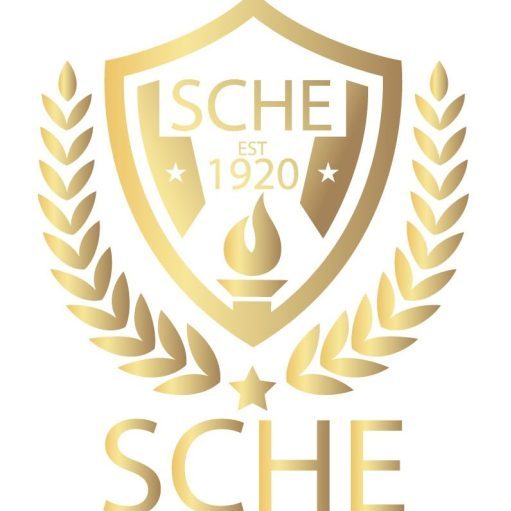
Suitability of using duckweed as feed and treated sewage as
ABSTRACT
Use of treated effluent and duckweed biomass from a pilot-scale UASBduckweed
ponds system treating domestic sewage was evaluated in rearing Nile tilapia
(Oreochromis niloticus). Nutritional value of duckweed as sole feed was compared with
wheat bran. Two sources of water were used for each feed trial, treated-sewage and
freshwater. The experiment was conducted in parallel with a conventional settled
sewage-fed fishpond. Results of growth performance demonstrated that, in case of
freshwater ponds specific growth rate (SGR) of tilapia fed on fresh duckweed was
significantly (p < 0.01) higher than the SGR in wheat bran fed pond. No significant
difference (p > 0.05) was observed between the two feeding regimes in treated sewagefed
ponds. The SGR of tilapia reared in the treated sewage-wheat bran-fed pond (TWP)
was significant higher (p <0.01) than the SGR in the freshwater-wheat bran-fed pond
(FWP). On the other hand, due to the early spawning in the treated sewage-duckweedfed
pond (TDP) SGR of tilapia in the latter was significantly lower (p <0.05) than the
SGR in the freshwater-duckweed-fed pond (FDP).
Suitability of using duckweed as feed and treated sewage as
